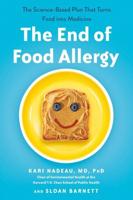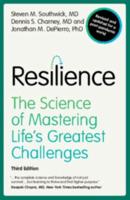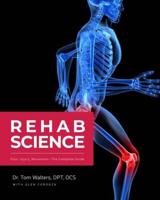Publisher's Synopsis
Interleukin-33 belongs to Interleukin-1 cytokine family, primarily exuded by
disrupted epithelial cells (ECs) and it functions as "alarmin". Numerous structural
cells namely epithelial cells, keratinocytes, fibroblasts and endothelial cells expresses
IL-33. Lately, IL-33 is recognised as a distinct ligand for ST2 receptor, primarily expressed on various hematopoietic cells viz. mast cells, type 2 T-helper cells, eosinophils, ILC2s and basophils. IL-33 forms hetero-dimer by binding to the ST2L and Interleukin-1 receptor accessory protein. Receptor complex of Intracellular TIR domain phosphorylates and recruits several adaptor molecules involving MyD88, IRAK1, IRAK4, and TRAF6 which activate downstream NF-κB, p38, JNK and ERK signalling pathways, results in inflammatory mediators
production i.e. IL-1β, TNF-α, IL-13 etc. IL-33 has a pivotal role in adaptive as
well as immune response by inducing Th2 mediated immune response.
Asthma is an inflammatory disorder characterised by classical features such
increased Th2 cytokine production which results in reversible airflow obstruction,
hyperresponsiveness of the airways and mucous overproduction. Mast cells are
immune cells which are located underneath epithelial cells and these cells are
primary effector cells in asthma pathogenesis. ST2 receptor is immensely present on
mast cells and cell activation is when IL-33 binds to the receptor. In response
to IL-33 binding, these cells secrete Th2 cytokines, hence contributes in asthma
development.
Airway smooth muscle provides the required microenvironment for the mast
cells to differentiate, activate, and survive. Various products of mast cells are capable
to adversely affect the growth as well as functioning of smooth muscle and mast cells
microlocalization in smooth muscle possibly prompt this interaction, hence resulting
in amplified response. Bronchial epithelial cells have a key function in inducing,
enhancing and regulating inflammation in the airways. MCs accumulation in
airway epithelium is a prominent characteristic of the deranged mucosal physiology
in disease associated allergy. When bronchial epithelial cells interact with mast cells,
it produces IL-6, CXCL8 and CXCL1 via activation of NF-κB and MAPK signalling
pathways in airway inflammation.










